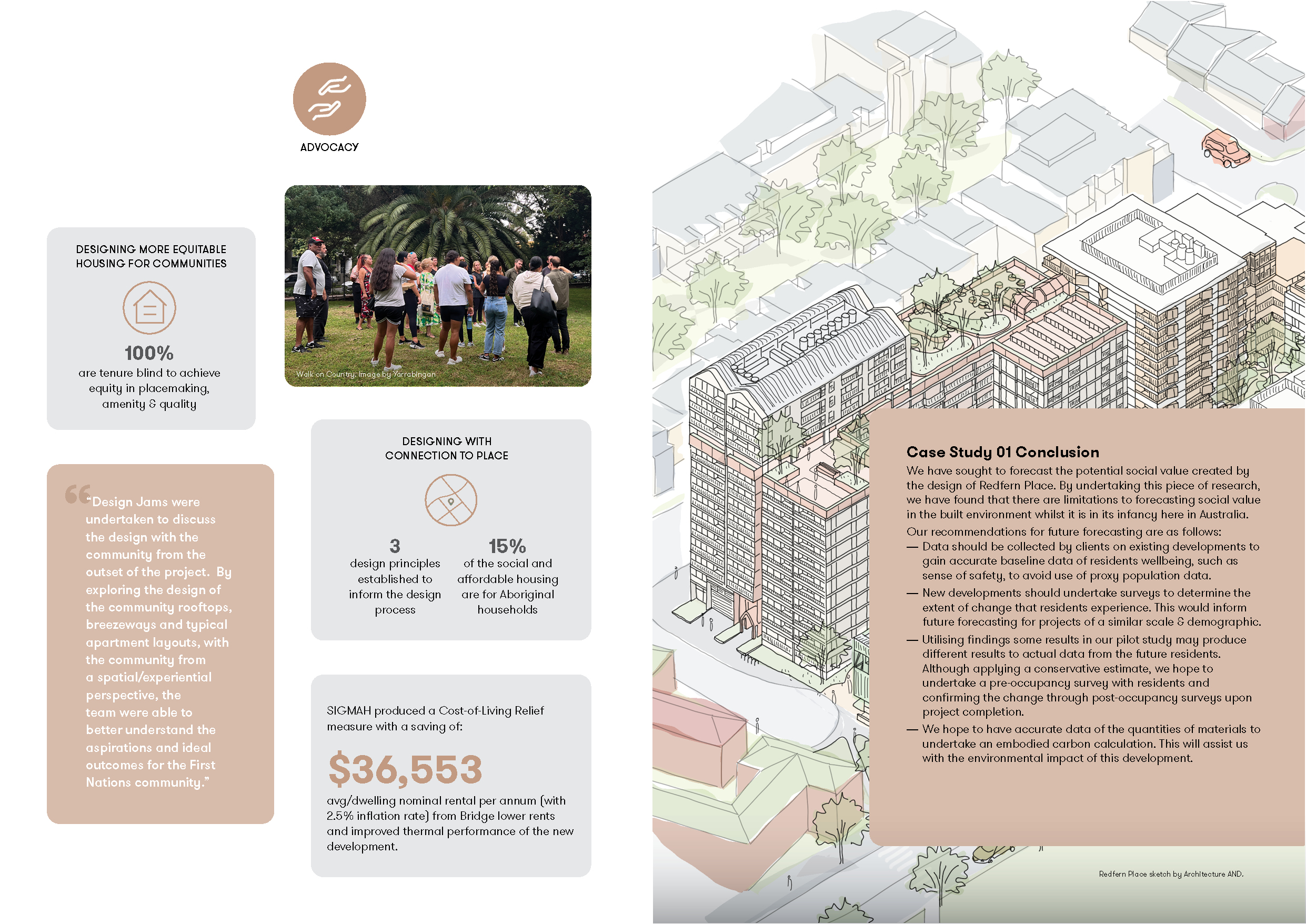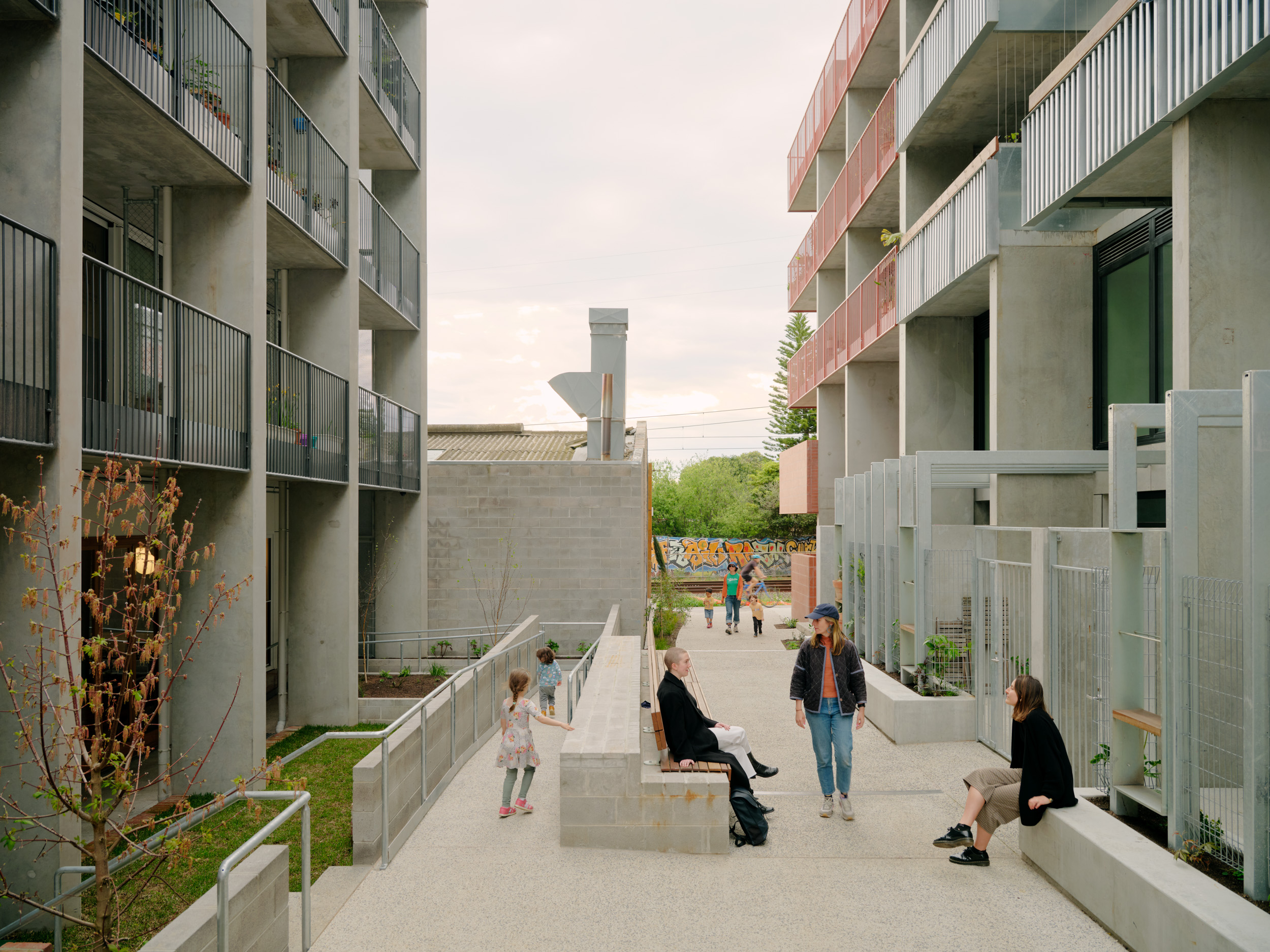We believe that design decisions have the potential to fundamentally impact the wellbeing of communities. Empirical data provides the ideal means to evaluate the real extent to which architecture influences the wellbeing of people and the planet; this data is collected through the forecasting and measurement of social value.
This paper offers a capture of our own case study experiences, which we hope are both useful and inspiring. Our commitment to sharing these learnings reflects our aspiration for industry peers to consider the importance of social value from the earliest stages of their projects, forecast social value as the project develops, and measure the actual social value created upon completion. The report seeks to catalyse future opportunities within the industry for more accurate forecasting and measurement, allowing for more effective advocacy for the wellbeing of people and the planet.
‘We know this is the beginning of our journey in forecasting and measuring social value in the built environment. We hope that by sharing the learnings from our case studies to date, we can continue to work closely as an industry to develop a standardised methodology to measure the social value in our projects.’
Eilish Barry, Associate and Social Value Lead at Hayball
Hayball and the Australian Social Value Bank (ASVB) have partnered since 2023 to explore how social value can be measured in our projects. The report was conceived to demonstrate how the social value framework can be utilised at different stages of a project and presents our learnings from two case studies, Redfern Place and CRT+YRD.
Social Value in the Built Environment: Lessons from Housing Case Studies [link]


Acknowledgements
Sincere thanks to the Australian Social Value Bank (ASVB) and Bridge Housing for the opportunity to collaborate and for your support of our ongoing research into social value.
Thanks also to the Alastair Swayn Foundation for supporting this work, by endowing the research with the 2023 Design Thinking Grant.
Final thanks to the Social Impact Measurement Network Australia (SIMNA) for recognising the value of our work as Winner in the Innovation in Social Impact Measurement category at 2023 SIMNA Awards for our work on CRT+YRD, which constitutes the second case study of this work.




